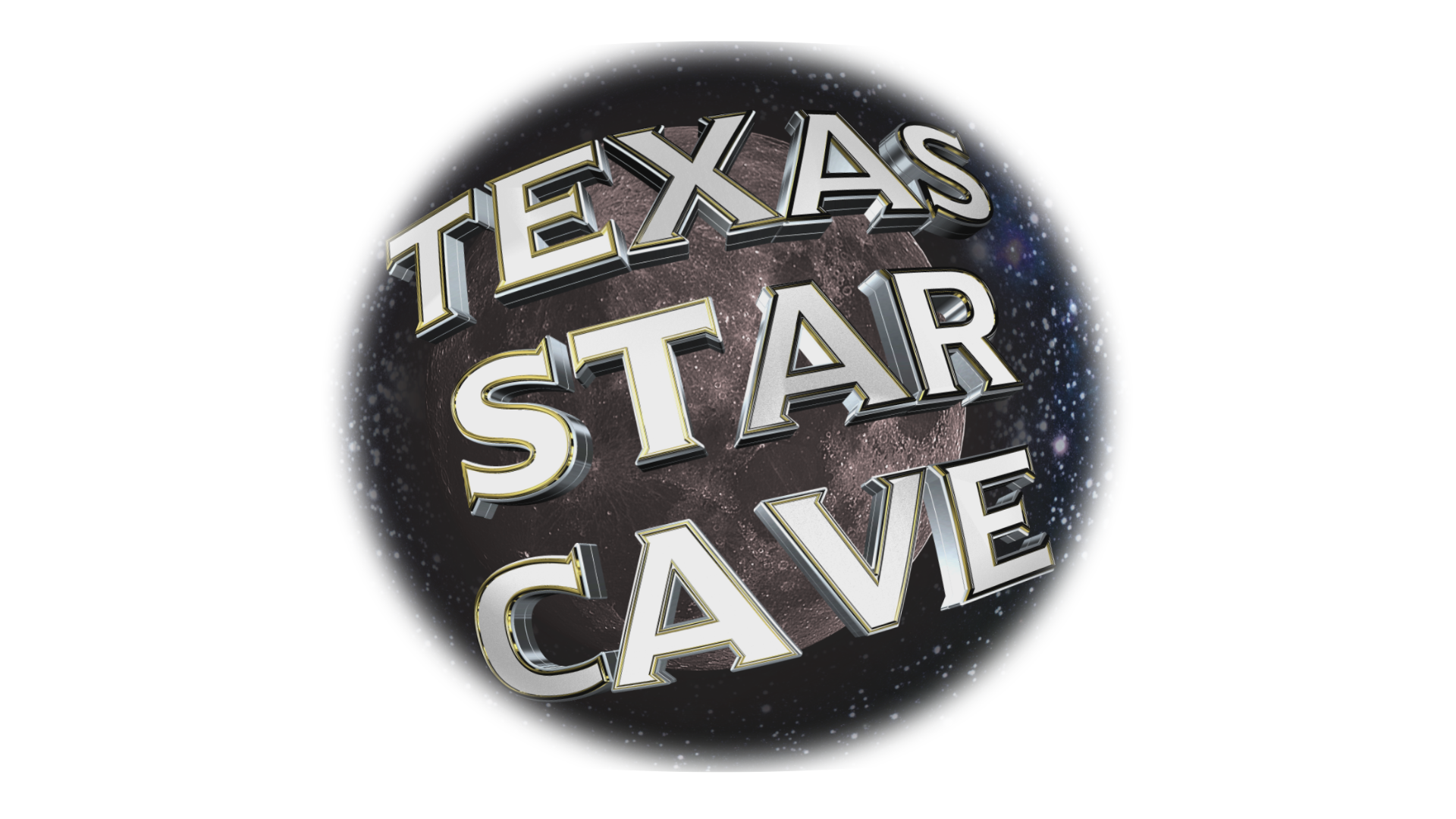Astronomical League: Foundations of Imaging
The internet is replete with resources for astronomers and astrophotographers, and the local astronomy club is indispensable, especially for beginners. That said, however dedicated you are to your craft, there may be times when you feel like you have run out of interesting things to observe or image. That is where the Astronomical League shines. Beyond the wonderful monthly magazine, The Reflector, the AL has over 70 programs for total beginner to seasoned experts, that cover every area of interest to astronomy enthusiasts. If you are reading this, it is likely you have an interest in astrophotography. The AL has quite a few programs that, while they are called “observing” programs, they are also suited for imaging. For the less experienced imager, there is now a new program for 2020 called Foundations of Imaging. I was delighted to help with this project and hope that through it, many will be able to also enjoy the satisfaction of imaging the wonders of the universe.
The activities encompass solar system objects, and deep sky objects. The solar system activities will result in a total of 28 images of the sun, moon, and planets, dwarf planets, asteroids, comets, with options for eclipses, wide field, and occultations. The deep space objects activities result in 25 images of clusters, nebulae, and galaxies, with options for double stars, variables, and novae. The activities have required objects, and objects you choose at your discretion.
Experienced imagers will be relieved to know that past work is accepted, provided it meets the submission criteria. As this is a foundational program, images are not expected to be ready to hang in galleries, but there are guideline that are designed to help imagers strive to achieve a minimum standard. This sentence shows the spirit of the Imaging Criteria Requirements:
The subject must be in-focus, clearly portrayed, without distracting artifacts (excessive noise, star bloat, highlights clipping, excessive vignetting, obvious gradients, collimation errors, hot pixels, etc.), and appear natural, that is, not too overprocessed.
See the Program Requirements for all the rules. The authors of the program are astronomy imagers themselves and realize that not everyone, especially at the foundational level, have access to all the equipment needed to image solar system objects and DSO. For that reason, you are not required to own the equipment used in your images. However, you must be the primary agent in the planning, setup, capture, and editing of each image.
One of the requirements that you may not be used to seeing is that, “stars should never be green.” This is mostly a problem when capturing narrowband nebulosity with multiband filters. With the advent of highly sensitive one shot color (OSC) cameras, filter manufactures have designed multi-narrow bandpass filters. Usually these filters pass Hydrogen-alpha, Oxygen III, and maybe a couple other spectral lines. Oxygen III and Hydrogen-beta lie halfway between blue and green. This works great for capturing the hydrogen and oxygen nebulosity, but it causes the stars to appear cyan (cyan is the color of mixing blue and green light). So, when editing narrowband images, be extra careful to not let any green (or cyan) into your stars.
In addition to the rules and requirements, there are three useful appendices to assist imagers in their exploration:
As you journey through this program, you are encouraged to submit your best images to the Astronomy League Reflector magazine for publication to photoeditor@astroleague.org. I am excited to hear your questions and comments about this new program below. I hope that through this new program, many are able to also enjoy the satisfaction of imaging the wonders of the universe.

